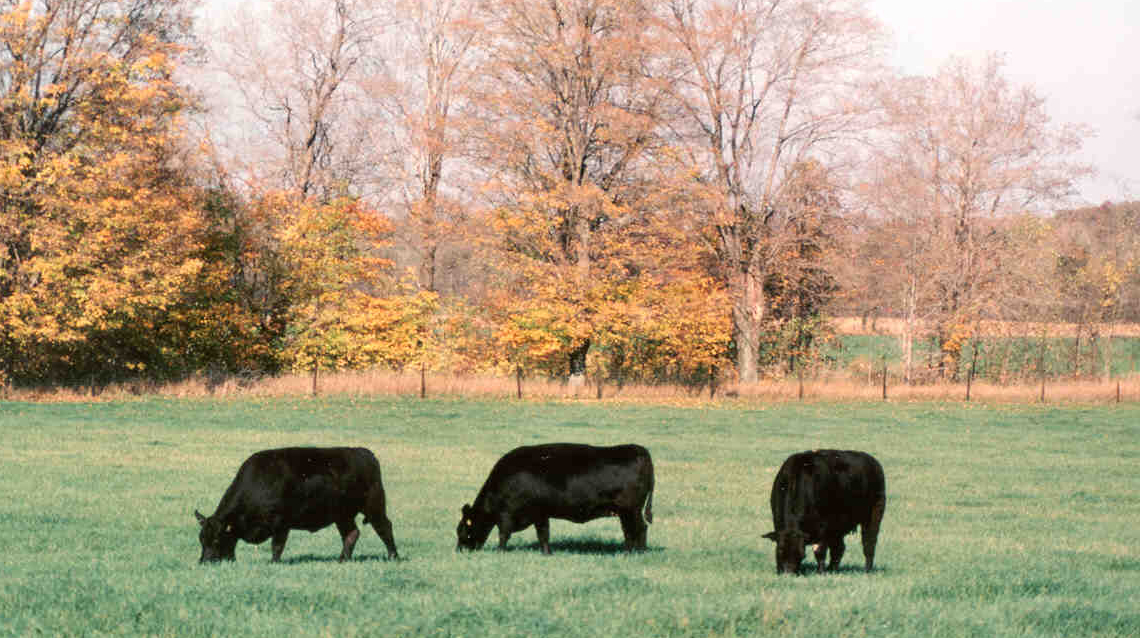AMERICAN ANGUS ASSOCIATION - THE BUSINESS BREED
Member Services
To provide programs, resources and leadership that improve and promote the Angus breed, enhance the livelihoods of family farmers and ranchers, and exceed consumers’ expectations.
See Management for Calculators/Tables
Management
The Angus breed is home to the industry’s largest beef cattle performance database, fueling genetic progress through each generation. Breeders rely on the comprehensive set of data to continue growing the nation’s quality beef supply.
Marketing
Angus Media provides unrivaled marketing opportunities for cattle producers with Association programs that allow breeders to set their calves apart from the crowd.
Sales
Registered-Angus cattle continue to set the industry pace for quality genetics. Demand remains strong year after year, as reflected by strong sales trends and an increase in Angus cattle on the market.
Commercial
The American Angus Association and its members are proud to offer comprehensive programs and services aimed at improving productivity and profitability in the commercial sector of the cattle industry.
News
Stay up-to-date on the latest headlines in the American Angus Association’s Newsroom, where you can read articles, watch videos and learn more about the organization’s programs and services.
Events
Continued education is central to driving progress within the beef cattle industry. Through Association events, connect with fellow breeders and discover applications that make a real difference on the farm or ranch.
Shop
The American Angus Association store features both high quality, yet attractively affordable apparel and home décor. Items were personally curated to fit the aesthetic of any hardworking, yet stylish ranch lifestyle. Proceeds directly benefit the Angus Foundation and its mission of youth, education, and research.
About
As the nation’s largest beef breed organization, the American Angus Association serves more than 25,000 members across the United States and Canada.

